Hidden headlamps in muscle cars represent an intriguing chapter in automotive design, combining aesthetics with engineering innovation. These unique features were not just about looks; they also played a role in aerodynamics and brand identity. The history, significance, and impact of hidden headlamps in the muscle car era offers a fascinating look into a time of rapid evolution in the automotive industry.
The Rise of Muscle Cars and Design Innovations
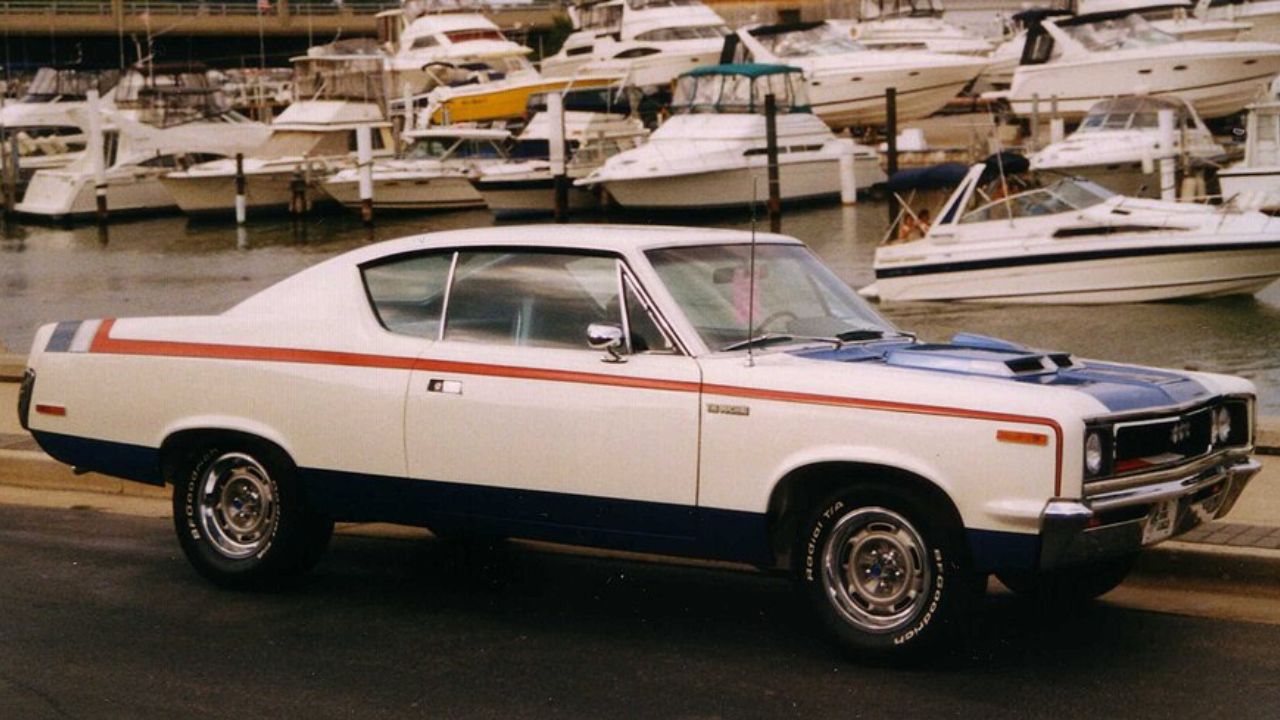
The muscle car era is a defining period in American automotive history, characterized by powerful engines, bold designs, and a cultural shift towards performance-oriented vehicles. Originating in the early 1960s, this era reached its zenith by the late 1960s to early 1970s. With Detroit’s Big Three—General Motors, Ford, and Chrysler—leading the charge, the competition was fierce, and manufacturers were under pressure to innovate both under the hood and in the overall design.
Design became a critical differentiator for car manufacturers seeking to capture the imagination of consumers. Bold, aggressive styling cues were employed to make each model stand out in a crowded marketplace. Hidden headlamps emerged as a novel design element, initially motivated by the desire to create a more streamlined and futuristic look. At a time when aerodynamic efficiency was gaining importance, hidden headlamps offered a way to reduce drag while also giving the cars a distinct, clean front-end appearance.
Engineering and Aesthetic Appeal
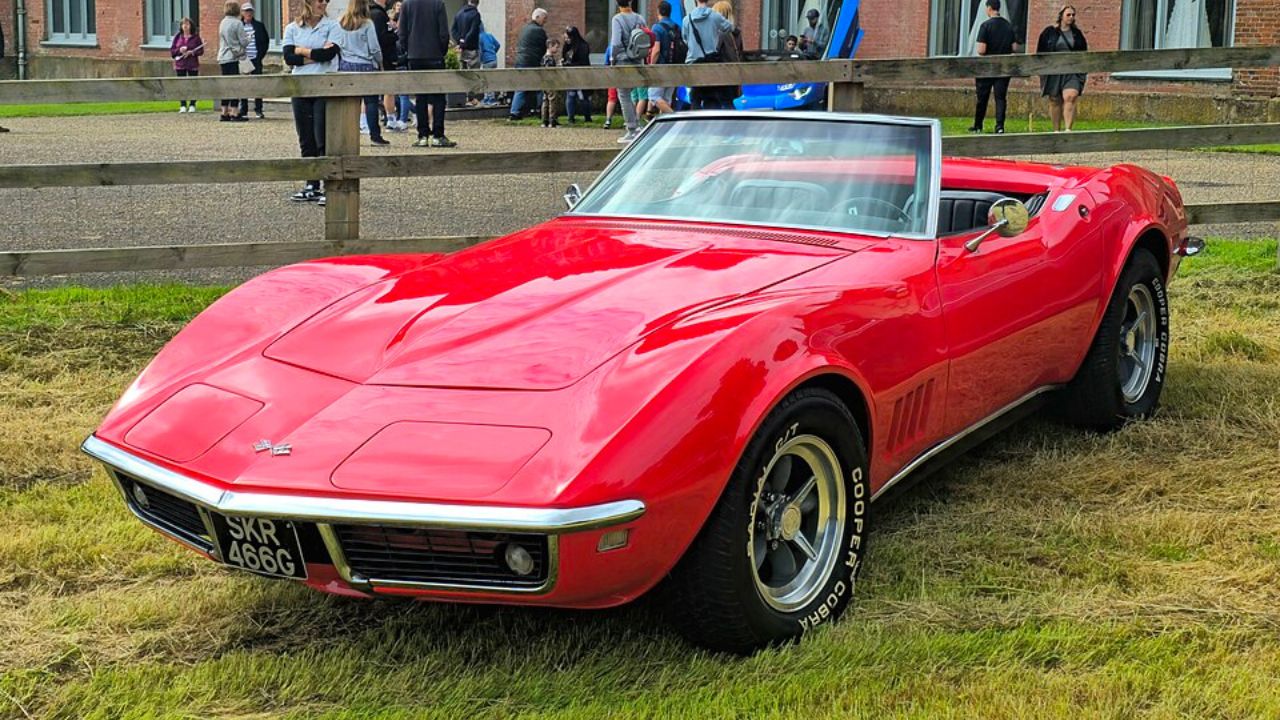
The technology behind hidden headlamps was as intriguing as the visual impact they provided. Typically, these systems involved either vacuum-operated covers or electric motors that would retract or flip the headlamps into position. For example, the 1968 Chevrolet Corvette employed a vacuum-operated system to hide its headlamps, while models like the 1969 Pontiac Firebird used electric motors. These systems required precision engineering to ensure reliability and smooth operation.
Aerodynamically, hidden headlamps offered a clear advantage by reducing wind resistance. The smoother frontal area allowed for better airflow over the car, contributing to improved performance, particularly at higher speeds. This was a significant consideration for muscle cars, which were often marketed and appreciated for their high-speed capabilities. Beyond performance, the aesthetic appeal of hidden headlamps was undeniable. They contributed to the sleek, aggressive look that defined muscle cars, enhancing their visual allure and making them icons of their time.
Iconic Models Featuring Hidden Headlamps
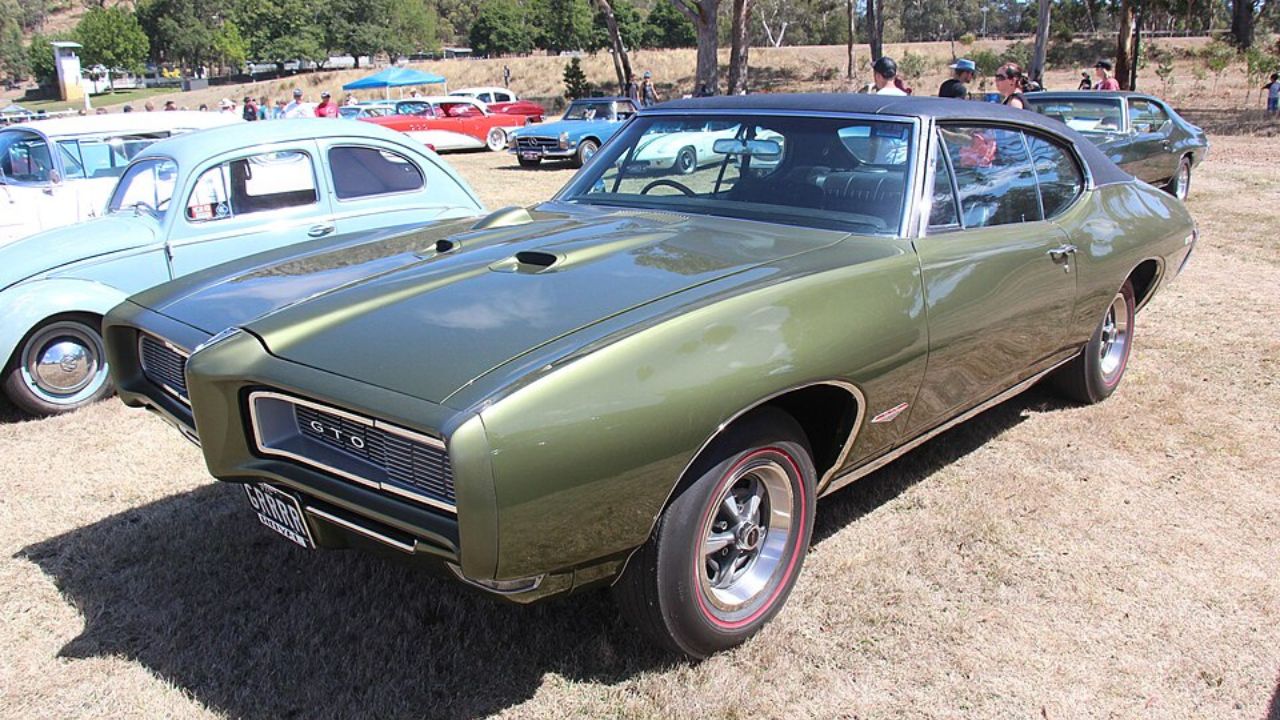
The Pontiac GTO is often credited as the pioneer of the muscle car movement and was among the first to feature hidden headlamps. The 1968 model, in particular, showcased a new Endura front bumper with concealed headlamps, setting a trend that others would follow. This design choice not only improved the car’s aerodynamics but also gave it a distinctive, modern appearance.
Similarly, the Chevrolet Camaro RS offered a striking example of how hidden headlamps could blend performance with style. The RS package included a unique grille with concealed headlamps, which became a hallmark of the Camaro’s design. The Dodge Charger, especially the 1968-1970 models, featured hidden headlamps that became a signature element of its aggressive front fascia. These cars not only captured the essence of the muscle car era but also highlighted how hidden headlamps could become a defining feature of a vehicle’s identity.
Cultural and Market Influence
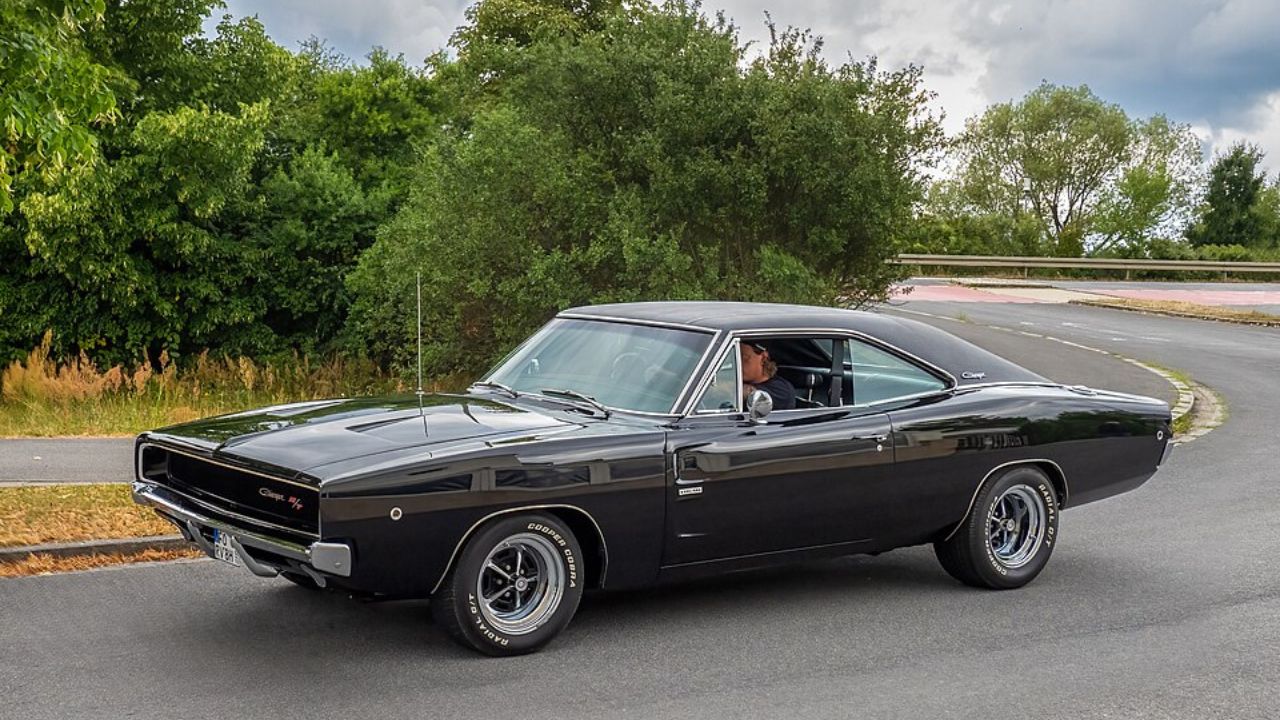
During the 1960s and 70s, hidden headlamps captured the imagination of consumers and became a sought-after feature in the muscle car market. These cars were not just transportation; they were statements of style and power. The sleek designs and powerful engines resonated with a generation seeking freedom and individuality. Hidden headlamps played a role in this narrative, contributing to the cars’ allure and status.
Muscle cars, with their distinctive features, became cultural icons, immortalized in movies and media. Films like “Bullitt” and “Vanishing Point” showcased the Dodge Charger, complete with its hidden headlamps, as symbols of rebellion and speed. However, as the 1970s progressed, changing regulations and economic pressures led to the decline of the muscle car. The oil crisis, coupled with new safety and emissions standards, made these powerful, and often gas-guzzling, vehicles less practical. Hidden headlamps, along with other extravagant features, faded from popularity, only to see a resurgence years later as nostalgia for the classic muscle car era grew.
Modern Legacy and Collectibility
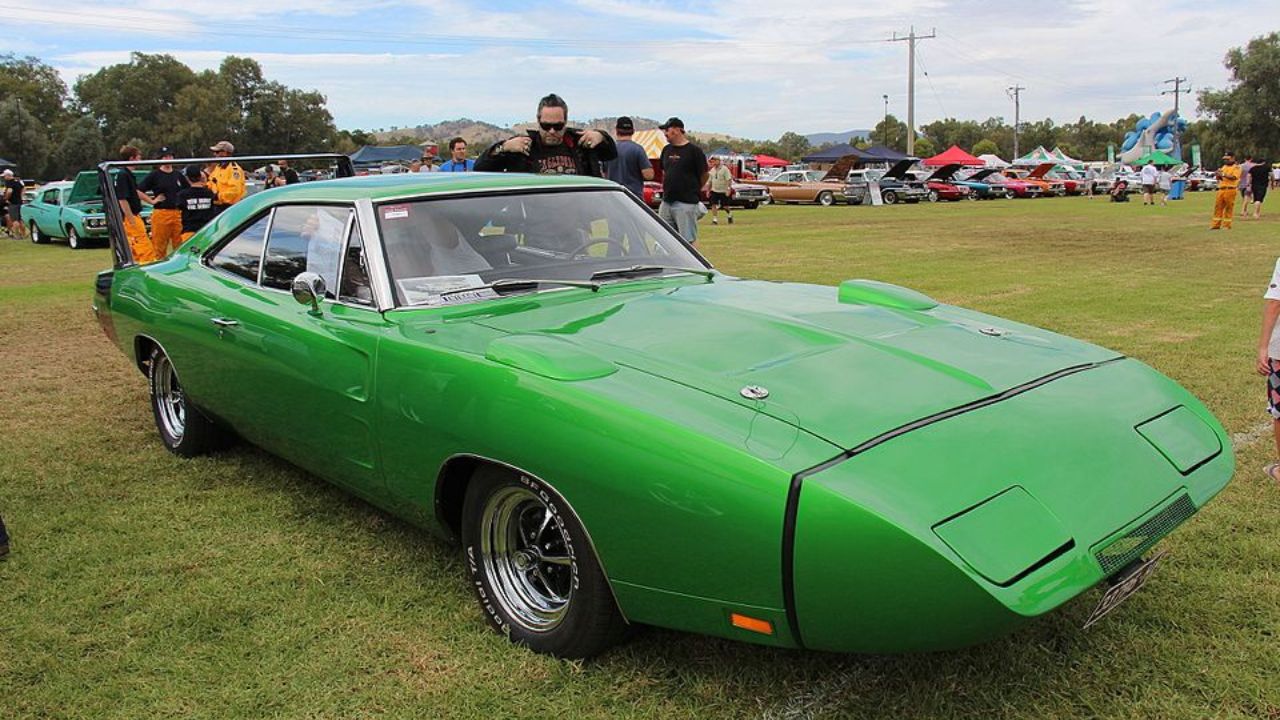
Today, muscle cars with hidden headlamps are highly prized in the collectible car market. Models like the 1968 Pontiac GTO or the 1969 Dodge Charger have become valuable pieces of automotive history, with pristine examples fetching high prices at auctions. Collectors and enthusiasts are drawn to their unique blend of performance, style, and historical significance.
The influence of hidden headlamps can also be seen in contemporary car design. While modern vehicles rarely feature fully hidden headlamps due to advances in lighting technology and changing design priorities, the sleek, integrated look of these classic features can still inspire modern aesthetics. Furthermore, the restoration community has embraced the challenge of preserving and restoring muscle cars with hidden headlamps. This often involves sourcing rare parts and employing skilled craftsmanship to maintain or recreate the original systems, highlighting the dedication and passion these iconic features continue to inspire.
Like Fast Lane Only’s content? Be sure to follow us.
Here’s more from us:
*Created with AI assistance and editor review.


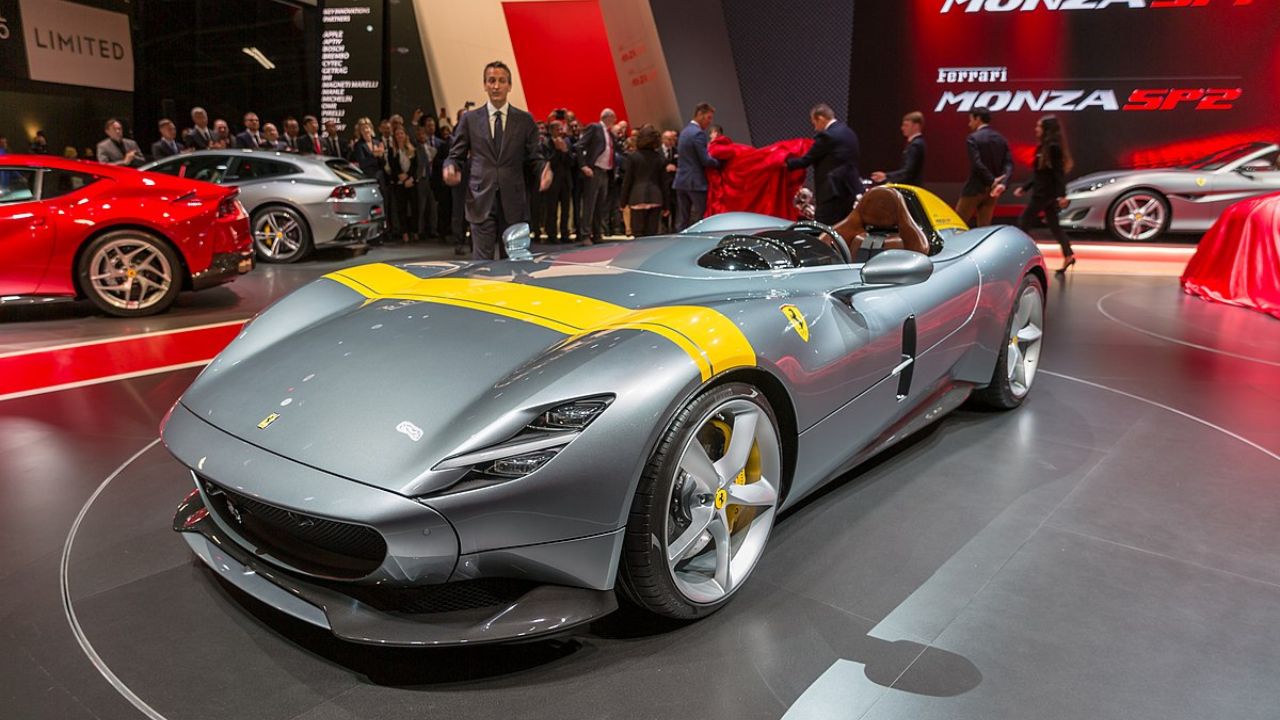
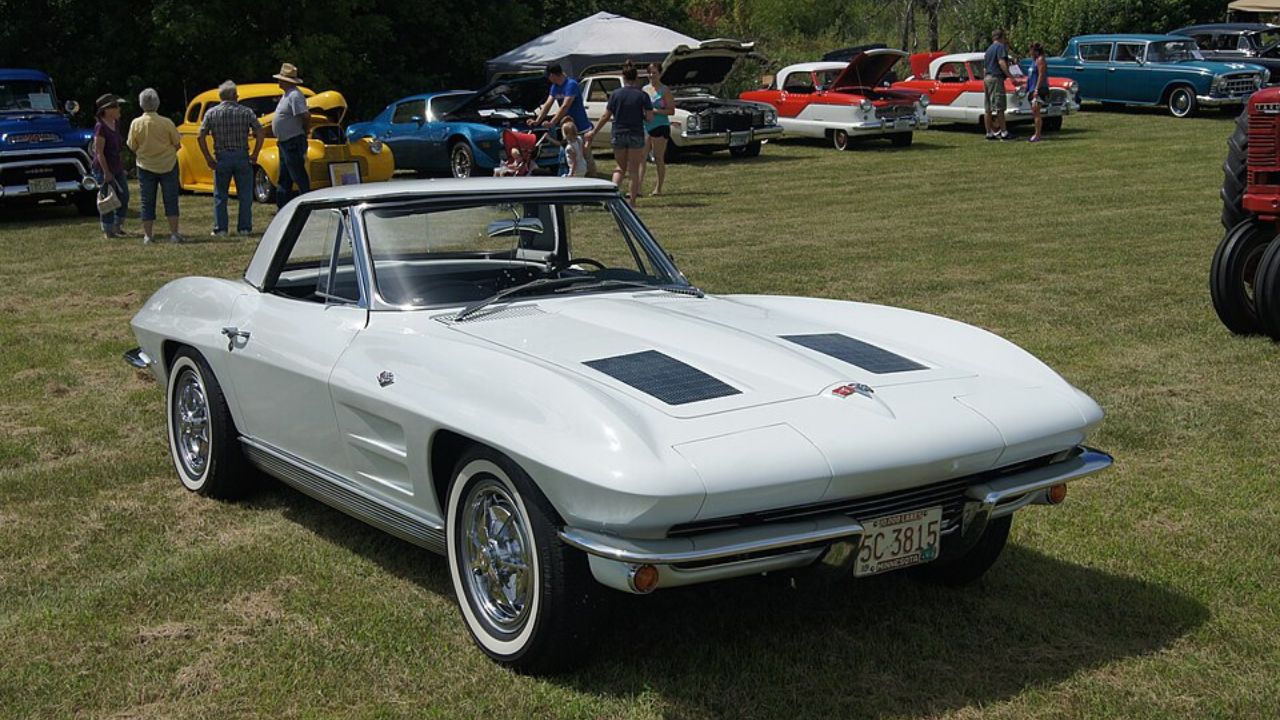

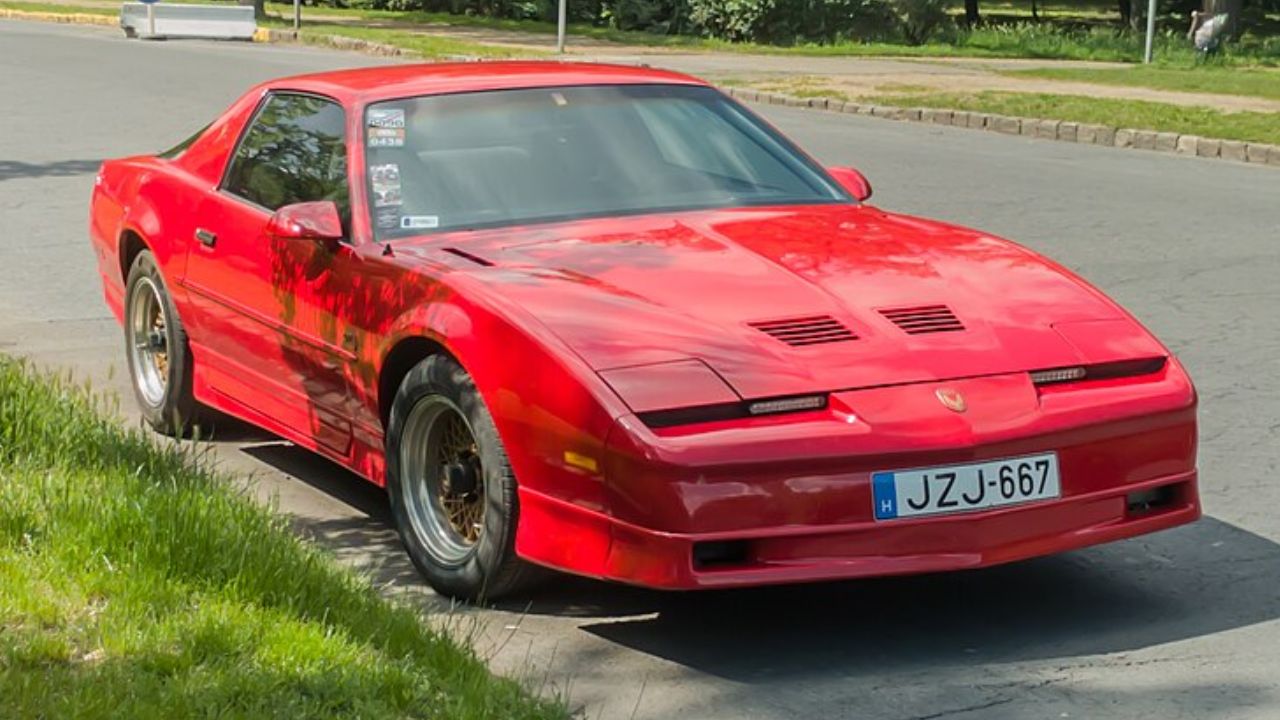
Leave a Reply